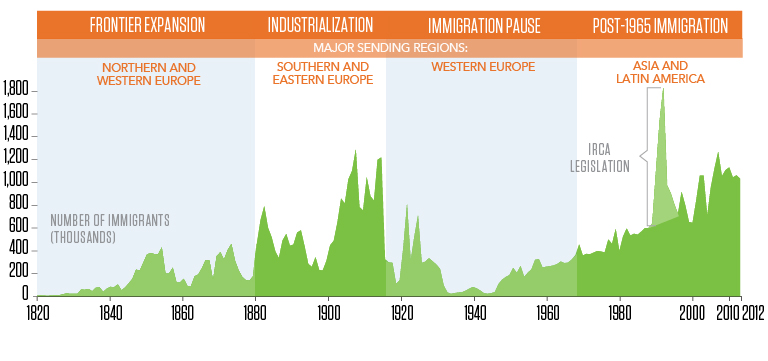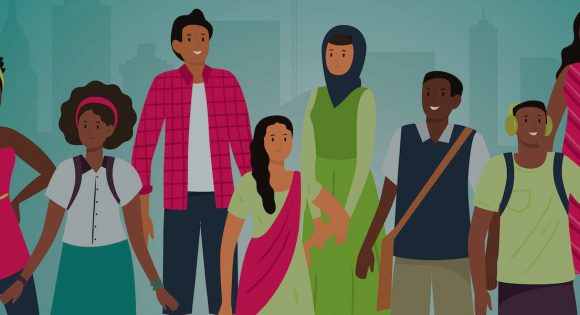497 Search Results Found For : "Low-priced"
Hispanic Gains Minimize Population Losses in Rural America
(2007) New population estimates from the U.S. Census Bureau show that Hispanics continue to fuel rapid population growth in the United States. Between 2000 and 2006, the Hispanic population grew from 35.3 million to 44.3 million, a 26 percent increase.

Debunking Baby Boomer Myths
A careful look at the data on baby boomers dispels misconceptions about their characteristics and enables policymakers to accurately assess the potential implications of their aging and retirement for U.S. society and the economy.

Should We Despair Over the Demographic Divide?
We must hold two things to be true: Populations are rapidly shrinking and rapidly booming—just in different places.

Project: Combatting Noncommunicable Disease Risk Factors in Youth
Integrating Health Services for Young People: Tackling the Growing Noncommunicable Disease Epidemic
This policy report argues that integrating noncommunicable disease (NCD) services—particularly those targeted at prevention and early intervention—with other health services for young people can help tackle the growing NCD epidemic in low- and middle-income countries (LMICs).

Trends in Migration to the U.S.
(2014) Under the motto e pluribus unum (from many, one), U.S. presidents frequently remind Americans that they share the immigrant experience of beginning anew in the land of opportunity.1
9 Billion World Population by 2050
(2000) The current period of rapid population growth will continue for at least another 50 years, according to the 2000 World Population Data Sheet of the Population Reference Bureau. By 2050, the world is expected to add 3 billion more people to reach a total of 9 billion.

